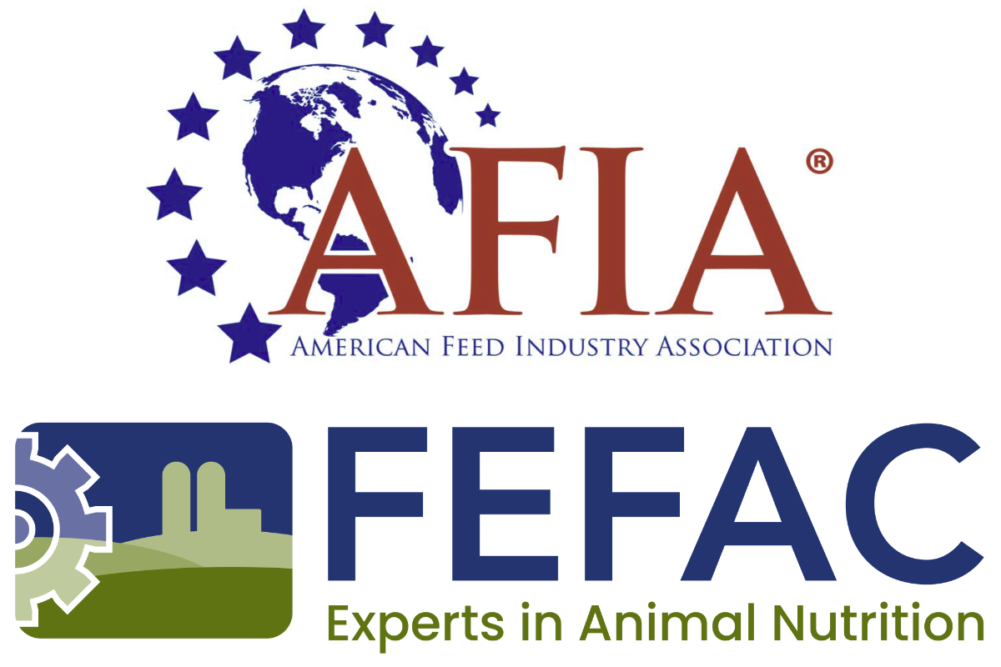ARLINGTON, VIRGINIA, US — The American Feed Industry Association (AFIA) and the European Compound Feed Manufacturers’ Federation (FEFAC) joined together on Sept. 21 in support of the United States-European Union Global Methane Pledge, which calls for the use of scientific innovation to cut methane emissions by 30% below 2020 levels by 2030.
US President Joe Biden made the announcement on Sept. 17 during the Major Economic Forum, a virtual meeting attended by leaders from across the globe.
Methane is a potent greenhouse gas and, according to the latest report of the Intergovernmental Panel on Climate Change, accounts for about half of the 1.0 degrees Celsius net rise in global average temperature since the pre-industrial era. Rapidly reducing methane emissions is complementary to action on carbon dioxide and other greenhouse gases. It is regarded as the single most effective strategy to reduce global warming in the near term and keep the goal of limiting warming to 1.5 degrees Celsius within reach.
In a joint statement, Constance Cullman, president of the AFIA) and Asbjorn Borsting, president of FEFAC, called the announcement “a positive step in the right direction.”
“It gives regulators on both sides of the Atlantic the opportunity to modernize their existing regulatory requirements to incorporate innovative feed ingredients and implement strategies that are proven to significantly minimize methane emissions from enteric fermentation,” they said. “This, together with other mitigation strategies, such as improved farming and grazing techniques, animal genetics and animal husbandry practices, hold the key to further reduce the impact of dairy and beef production globally and thereby contribute to the success of the US-EU pledge.
“Curbing animal agriculture’s contribution to climate change is a key priority for the US and EU feed industries and is one reason why our members have been working together for decades to collect data that allows us to benchmark our carbon footprint and research solutions to reduce it. Today, there are feed ingredients in use around the world that are helping the beef and dairy sectors optimize the nutrient uptake of their livestock, while reducing their enteric emissions, but the use of these technologies is limited due to inconsistent regulatory regimes.
“We know that achieving meaningful change in reducing global methane emissions will only be realized through the use of science and technology — which is helping today’s farmers feed more people with less — not drastic and unrealistic calls to change dietary consumption patterns. The same way modern medicine is innovating to help people live longer lives, we have a duty to evolve so that we can meet the dietary needs of a burgeoning population, while using fewer natural resources.”
Countries joining the Global Methane Pledge commit to a collective goal of reducing global methane emissions by at least 30% from 2020 levels by 2030 and moving toward using best available inventory methodologies to quantify methane emissions, with a particular focus on high emission sources.
Major sources of methane emissions include oil and gas, coal, agriculture, and landfills. These sectors have different starting points and varying potential for short-term methane abatement with the greatest potential for targeted mitigation by 2030 in the energy sector.




